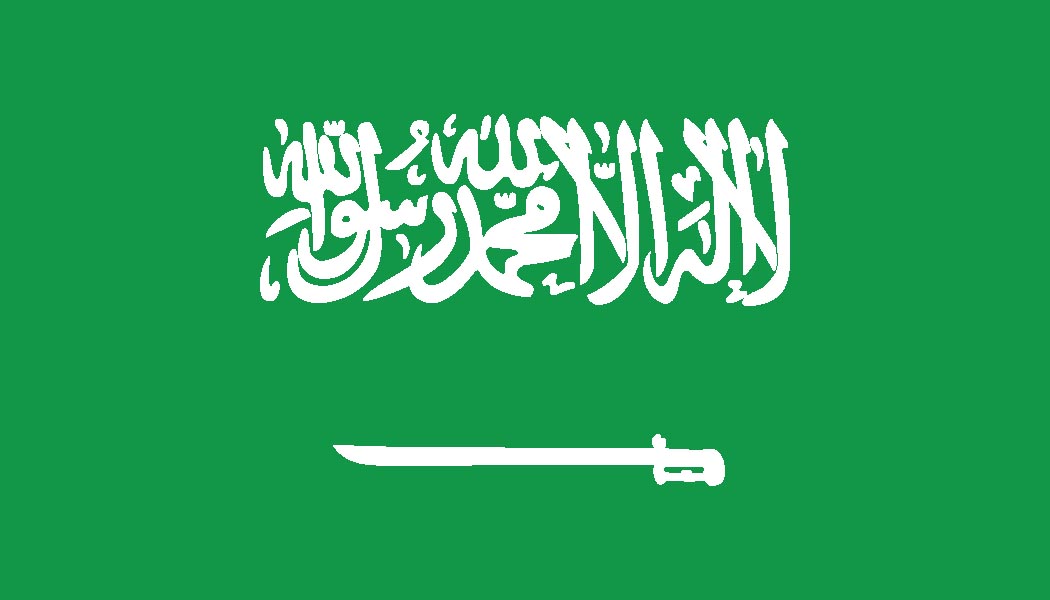
INTERNATIONAL MARKET REPORT
11/12/2024
SAUDI ARABIA
MARKET PULSE
(SOURCE: WSTFA)
Feedback from the Trade on Their Plans and Interest in the USA Pear Season:
The current feedback from traders is that they are monitoring the situation at the Red Sea as well as waiting for any new taxes to be implemented before making any commitment. Also, they are bit worried due to limited USA Pears crops.
Expectations for Any Freight or Logistics Challenges:
The current situation in the Red Sea area continues to cause delays in the arrivals of vessels. There are also delays in loading empty containers, vessel cancellations, diversions and waiting in the queue to get docked and start offloading. All of these impacts disturb the importers as well as forwarding companies.
Opportunities in Your Market for Specific Varieties, Sizes, and Grades:
Consumers prefers Anjou among all other competitive pears available in the market, but due to the price they are obliged to purchase competitive pears. With its unique flavor and texture, Bosc pears could appeal to gourmet markets and health-conscious consumers. Smaller, single-serving sizes can cater to the growing trend of convenient, on-the-go snacks, particularly among busy families and young professionals. High-grade pears with superior appearance and taste can be marketed at premium prices, especially in upscale grocery stores and markets.
Update on the Competition in the Market:
Based upon recent market review, below information has been collected. 1. South Africa: Known for its high-quality fruit, South Africa exports a significant volume of pears to Saudi Arabia, often competing on price and availability, particularly during the USA's off-peak seasons. 2. Argentina: Argentine pears are becoming increasingly popular in the Middle East due to their competitive pricing and favorable shipping logistics. They often target the same market segment as USA pears. 3. Europe: Countries like Belgium and the Netherlands also export pears to Saudi Arabia. European pears are often perceived as premium products, but they can be more expensive due to shipping costs. 4. Turkey: Turkish pears are growing in presence in the region, offering a lower-cost alternative, which can appeal to price-sensitive consumers. 5. Local Producers: While not as dominant, local fruit production in Saudi Arabia is increasing. Local growers may offer fresh options, which can compete on logistics and freshness.
Political or Economic Issues Impacting Imports, Retail, or Consumer Behavior:
Changes in tariffs or trade agreements can affect import costs and pricing strategies. Any shifts toward protectionist policies could complicate the import process. Increasing awareness of sustainability and environmental impact may drive consumer preferences towards local produce or sustainably sourced imports.
Other Brief Comments:
Ensuring high quality and freshness of pears during transportation and storage will be vital for maintaining consumer trust. One of the way to challenge competition is availability during the peak season of USA PEARS.